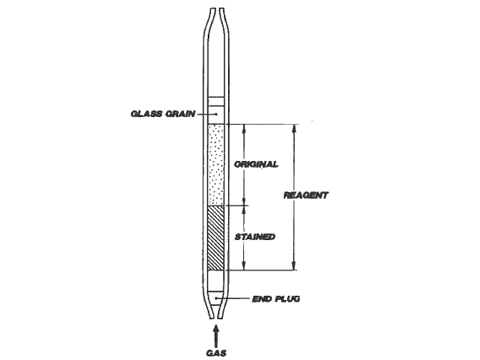What is a gas detector tube?
Published on: 2024-09-20 Views: 331
 Features of Gas Detector Tubes
Features of Gas Detector TubesSpecificity: Designed to detect specific gases with tailored chemical reactions.
Color Change Indicator: The tubes contain a reagent that changes color in the presence of the target gas, providing a visual indication of concentration.
Ease of Use: Typically requires no advanced training; straightforward operation with simple instructions.
Portable: Lightweight and compact, making them suitable for fieldwork and various applications.
Cost-Effective: Generally less expensive than electronic detectors, ideal for spot checks and short-term use.
Calibration-Free: Most gas detector tubes do not require regular calibration, making them convenient for users.
How Gas Detector Tubes Work
Sampling:
The user draws air through the tube using a hand pump or by simply allowing diffusion, depending on the design.
Chemical Reaction:
The air sample interacts with a chemical reagent inside the tube. This reagent is sensitive to the target gas and will react chemically when the gas is present.
Color Change:
The reaction causes a visible color change in the reagent. The extent of the color change is proportional to the concentration of the gas.
Reading the Result:
The length of the colored section (often marked on a scale) is measured to determine the concentration of the gas in parts per million (ppm) or other relevant units.
Interpretation:
Users compare the color change against a calibration chart provided with the tube to obtain a precise measurement of gas concentration.
